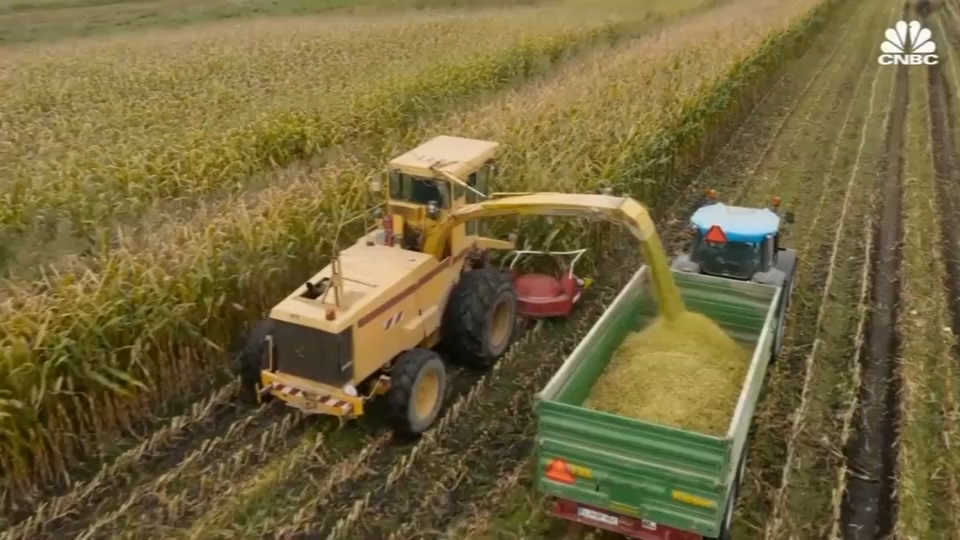Scientists are finding that snow in some parts of the Sierra Nevada is melting faster than ever – and warmer temperatures are not the cause.
In a study by the Desert Research Institute in Reno, scientists analyzed satellite data from past seasons, most recently 2021-2022 when the Caldor Fire burned near South Lake Tahoe. They found that during mid-winter dry spells, burn scar areas in the Sierra had significantly high snowmelt.
"During these dry periods in the middle of winter, we found that you could lose through melt close to half of that snowpack, if not even more in some of the lower elevation places," Benjamin Hatchett with the Desert Research Institute said. "But in places up higher in the mountains where we don't expect a big change to take place, even if its dry after the fires passed through, that caused snow to melt much faster in those higher elevation areas."
The impacts of wildfire on snow melt include more sun exposure due to loss of forest canopy and a reduction in the snow's ability to reflect sunlight, also known as albedo. In the winters immediately following a fire, snow is dusted with black carbon from burnt vegetation, which can accelerate snow melt rates.
Scientists say while extreme weather may be our new normal, we have the ability to adapt, manage and mitigate the impacts.
"How do we deal with fire is actually through the addition of more fire," Hatchett said. "We need good fire, low-severity prescribed fire, or cultural fires to restore balance into these systems that have had good fire taken away from it for hundreds of years at this point."
Get a weekly recap of the latest San Francisco Bay Area housing news. Sign up for NBC Bay Area’s Housing Deconstructed newsletter.




